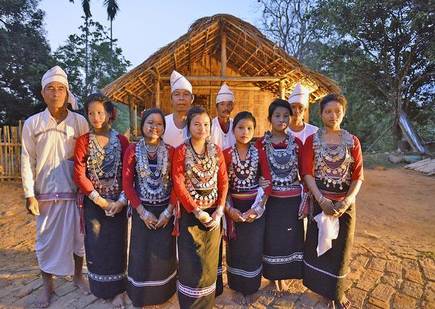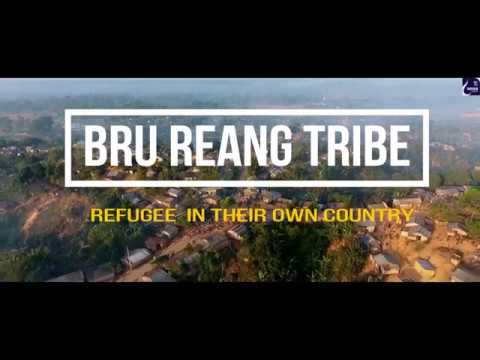Relevance: Mains: G.S paper II: Polity: Vulnerable sections in the society
Context
Prime Minister Narendra Modi welcomed the agreement to permanently settle Bru-Reang refugees in Tripura, saying it will “greatly help” them.
He also said the Bru-Reang refugees will benefit from numerous development schemes in the state.
Seeking to put an end to the 23-year-old Bru-Reang refugee crisis, a quadripartite agreement was signed among the Centre, state governments of Tripura and Mizoram and Bru-Reang representatives on Thursday to facilitate permanent settlement of Bru refugees in Tripura.
Prior to this agreement, another one had been signed in 2018 to send these refugees back but it had not been implemented due to largescale protests by the refugees. According to the agreement between representatives of the central government, Tripura, Mizoram and Bru tribes, they will now be settled in Tripura.

So, what exactly is the Bru-Reang Refugee Crisis?
Back in 1997, about 30,000 Bru-Reang tribals fled from Mizoram and took shelter in Tripura’s refugee camps. These refugees were said to have fled from Mizoram due to ethnic tension. Before the agreement on Thursday, these people were living in temporary shelters at Kanchanpur, in North Tripura.
The Indian Government has been making several efforts for permanent rehabilitation of the Bru-Reang crisis since 2010. Two state governments — Tripura and Mizoram, were in a continuous process for settling them down through a permanent solution. As per the information provided by Prime Minister Modi’s official website, 1622 Bru-Reang refugee families were returned to the Mizoram.
In 2018, the Government had offered them to peacefully return to the Mizoram. However, only 328 families (1369 individuals) accepted the offer and went back to the Mizoram at the time.
Who are the Bru-Reangs?
According to a report by Livemint, the Brus, who are spread across Tripura, Mizoram and parts of southern Assam, are said to be the most populous tribe in Tripura. They are also known as the Reangs in Mizoram, as they are essentially ethnically different from the Mizos, and have their own distinct language and dialect and thus form one of the 21 scheduled tribes of Tripura. While in Tripura their numbers stand at approximately 32,000, spread across six refugee camps in the state, Mizoram has as many as 40,000 Brus living in the state.


